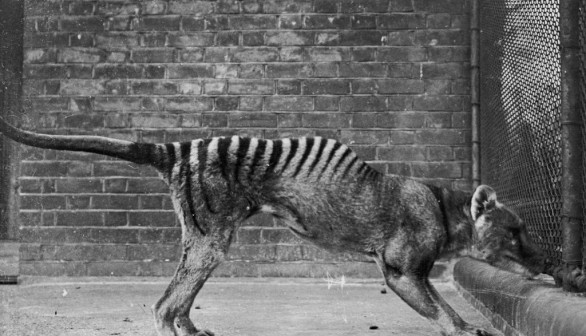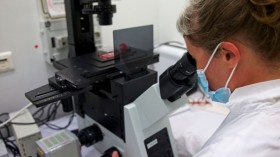RNA
-

RNA From Museum Specimen of Tasmanian Tiger Offers Clues for De-Extinction
A new study shows the isolation and sequencing of more than a century-old RNA molecules from a Tasmanian tiger specimen preserved at room temperature in a museum collection. This resulted in the reconstruction of skin and skeletal muscle transcriptomes from an extinct species for the first time.
Latest Research Articles
-

Scientists Discover an Entirely New Immune System in Some Bacteria That Destroys Pathogens
-

Recent Study Indicates Tiny Molecule Medications Can Target RNA, Opening New Avenues for Illness Therapy
-

Self-Replicating RNA Sheds Light on Origins of Life and Evolution
-
Study Shows How the Right Mixture of Salt Might have Helped Kickstart Life in Earth
-
ALERT: Fragments of Zika Virus RNA Discovered in Asian Tiger Mosquito in Brazil
-
Octopuses, Squids Trade Genomic Evolution for RNA Editing to Adapt to Their Environment
-
RNA Modification Plays Crucial Role in Brain Function, Scientists Find
-
Shocking Discovery: Over 1,400 Viruses Found in Invertebrates
-
Antimicrobial Peptides May Help Combat Antibiotic Resistance
-
New Theory on Origin of Life on Earth Questions 'RNA World' Hypothesis
-
Scientists to Recreate the Primordial "RNA World" of 4 Billion Years Ago
-
MIT’s Customizable RNA Vaccine Allows For Rapid Deployment to Ebola-Stricken Areas







